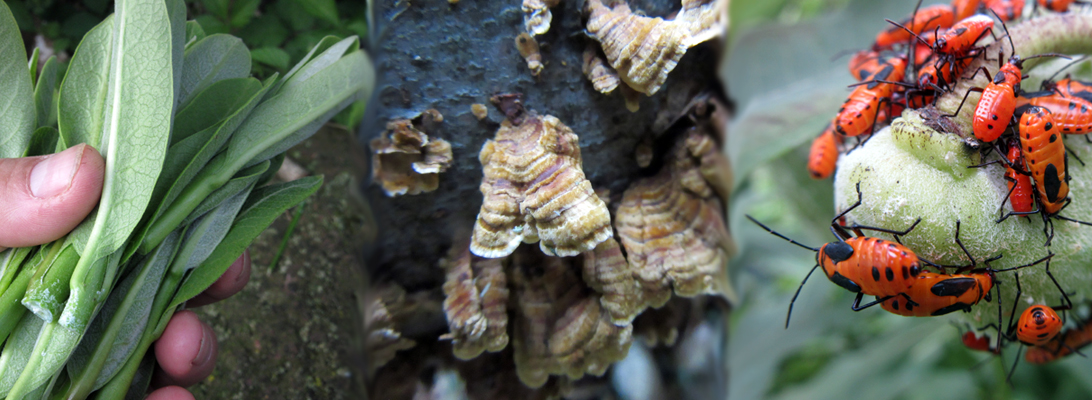
Right now pine pollen cones are starting to release their pollen. Most people think of this as just a nuisance, but we should be grateful for this wonderful gift.
Arthur Haines is one of my favorite wild food authors, and has greatly expanded my interest and knowledge of plant uses. These videos, and many of the other videos on his Youtube Channel are very important given the amount of pollution we are exposed to every day.
This is my first year collecting pollen cones. I have gathered about three quarts of them over the last two days. I wasn’t sure from the videos how to tell when they were ready, but I emailed a photo to Arthur and he said that they were about ready. After picking a bunch and tasting a few, it seems to me that what you are looking for are clusters with large football shaped cones, possibly with a few just starting to have a touch of yellow on them, or that feel powdery when you chew them.
Arthur has a book Ancestral Plants that covers many uses of over 100 different plants.
If you can’t harvest your own pine pollen, you can purchase it online from several companies including Surthrival, but do try to harvest it your self if at all possible.
Thanks for reading,
Nate
